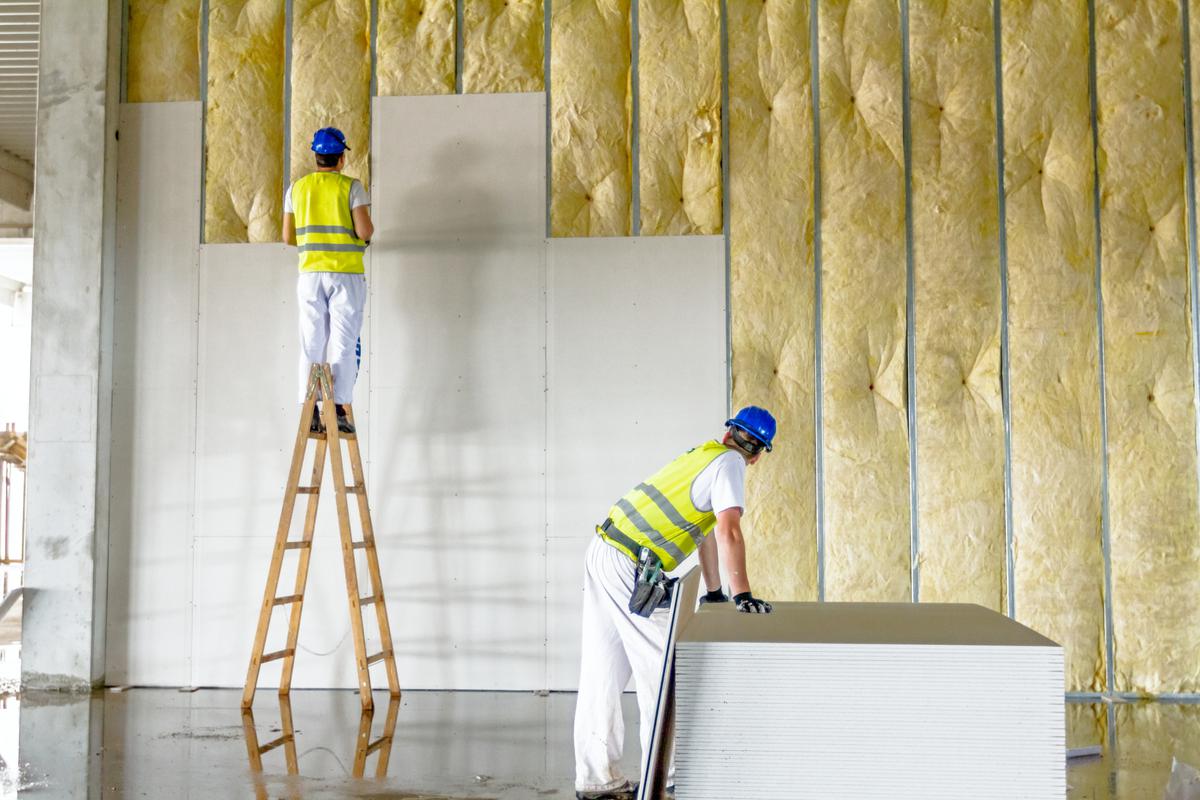Navigating Common Pitfalls in Property Management: A Guide to Success

Effective property management involves juggling tenant satisfaction, asset upkeep, and operational efficiency. Maintenance is a key component of this mix, yet it’s where numerous property managers often stumble. From neglected repairs and poor communication to reactive strategies, common maintenance blunders can rapidly escalate into larger issues if not tackled strategically.
Whether handling a single building or a portfolio of residential or commercial properties, adopting a proactive maintenance approach is crucial. In this guide, we uncover frequent maintenance missteps—and how to sidestep them—helping property professionals achieve smoother, safer, and more sustainable operations.
Table of Contents
Pitfall 1: Reactive Maintenance Versus Preventative Care
The prevalent error in property management is a reliance on a “fix it when it breaks” mentality. Reactive maintenance can incur higher expenses, longer downtimes, and dissatisfied tenants—all of which could be prevented with proper planning.
Preventative maintenance entails regularly scheduled inspections and minor fixes that address issues before they become bigger problems. For instance, identifying a minor leak early can avert structural damage and costly repairs in the future. This is equally true for heating systems, electrical components, and lifts.
Establishing a maintenance schedule and setting defined service intervals for essential systems ensures properties are kept in good condition and meet safety regulations.
Pitfall 2: Ineffective Communication with Residents
Another common maintenance pitfall is poor communication between property managers and tenants. Delayed updates, missed repair appointments, or vague timelines can lead to frustration and diminish trust.
Adopting modern communication tools to keep everyone informed can bridge this gap. For example, installing an electronic notice board in communal areas can help managers provide real-time updates—whether it’s planned maintenance, lift repairs, or water shut-offs.
Unlike paper notices that often remain unseen or quickly become outdated, digital boards can be updated remotely and instantly. This ensures messages are timely, visible, and consistently relayed to residents.
Providers like Intratone offer innovative solutions in this realm, enabling property professionals to manage communications across multiple properties from one central platform. This small enhancement can make a significant difference in transparency and tenant satisfaction.
Pitfall 3: Inadequate Record-Keeping
Accurate documentation is essential for effective property maintenance, yet often overlooked. Relying on informal tracking or manual logs can result in missed inspections, unclear service histories, and increased legal risks—particularly for compliance-related repairs like gas safety checks or fire system servicing.
Implementing property management software or cloud-based systems can standardise maintenance records, log contractor visits, and track tenant repair requests. These systems also facilitate quicker responses, smarter budgeting, and clearer audit trails—critical in cases of insurance claims or regulatory reviews.
Pitfall 4: Hiring Unvetted Contractors
In an effort to resolve issues promptly, some property managers err by hiring contractors solely based on availability or cost. However, poor workmanship or unreliable tradespeople can lead to recurring issues, tenant complaints, and harm to the property’s reputation.
Developing a network of trusted, qualified contractors—ideally with service-level agreements in place—reduces the risk of substandard work and ensures faster, dependable responses. Regular performance reviews and tenant feedback also help maintain quality across your contractor base.
Pitfall 5: Overlooking Feedback and Trends
Tenant feedback can provide valuable insights into your maintenance approach. Patterns in complaints—whether related to heating, damp patches, or faulty lighting—can signal deeper systemic issues that require attention.
Monitoring trends in maintenance requests allows managers to prioritise investments more effectively. For instance, recurring lift malfunctions might indicate the need for an upgrade, while a surge in condensation complaints could highlight ventilation issues that need addressing across the property.
Being open to feedback and data-driven in your decision-making is vital for identifying inefficiencies and preventing costly recurring problems.
Pitfall 6: Neglecting to Budget for the Unexpected
Even with the best maintenance, properties can face unexpected issues. Boilers may break, pipes burst, and storms damage roofs. A common oversight is underestimating the financial impact of such emergencies.
Setting aside a contingency budget for unplanned repairs ensures swift response capabilities, without undermining other aspects of your property management strategy. It also helps avoid delays that can frustrate tenants or lead to further damage.
Combining this with robust insurance policies and a clear understanding of what’s covered will mitigate financial risks and expedite recovery when the unexpected occurs.
Smarter Maintenance Starts with Smarter Systems Ultimately, a property manager’s goal is to provide reliable, secure, and well-maintained homes or commercial spaces. Avoiding common maintenance pitfalls is more than just fixing what’s broken—it’s about building a sustainable property care strategy that anticipates challenges, communicates clearly, and keeps tenants at the forefront.
Embracing digital tools like electronic notice boards, smart access systems, and cloud-based maintenance tracking platforms offers managers greater visibility, control, and efficiency.
Forward-thinking companies such as Intratone offer integrated solutions supporting everything from communication and access control to key management and digital noticeboards—all remotely managed and easily scalable across multiple properties.
By combining proactive planning, quality contractors, and effective communication, property managers can avoid common maintenance pitfalls—and unlock long-term value for both residents and investors alike.




